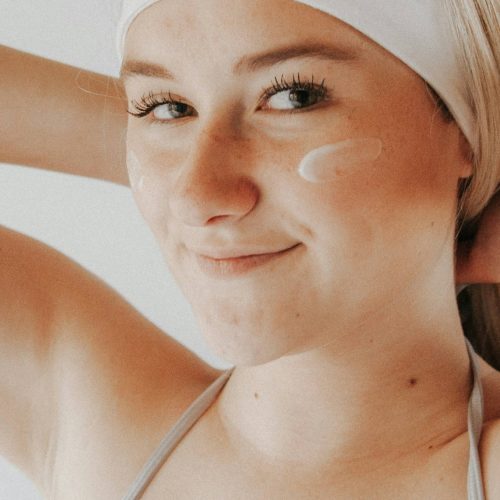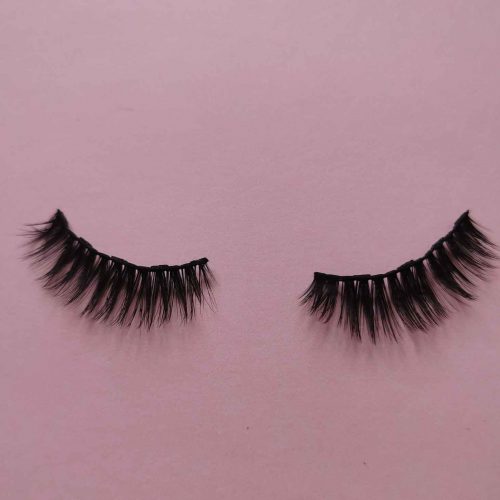Top 7 Toxicants in Cosmetics: the most dangerous for our skin
When we need to choose cosmetics for our skin, we all wonder again and again what kind of toxic chemicals conventional cosmetics contain which are harmful to our health. What is beautiful today could be harmful tomorrow. That’s why we need to bet on products that have natural ingredients, since our skin recognizes them because they are similar to our own structure. The first step is learning to detect the most common toxic substances found in the cosmetic industry, and which should be avoided if we want to a have a 100% healthy skin.
Sulfates, a detergent that is irritant for the skin
These well-known synthetic surfactants (and all sulfate products) are found mainly in daily care products, such as shampoo or bath gels, because of their high skin cleaning potential. Their powerful action dissolves the dirt and natural oils that our skin naturally creates a protective barrier against external agents. For those who don’t know this, the high sulfates concentration found in daily use products and their continued use can lead to irritation problems and tightness in the skin, dryness or even hair loss.
Silicones, they accumulate in hair
They act as moisturizers, emollients and cuticle sealers. We find them both in shampoo and bath gels and their main function is to create a layer over the hair or skin, to prevent it from coming in contact with the outside. The problem with silicones is that most are water-insoluble, so they tend to accumulate on the hair and skin, preventing them from breathing and performing their normal functions. As a result, silicones tend to accumulate as residues during each wash. In the long run, this causes the hair to become more soiled and generates a shampoo-use dependence, which in turn deteriorates the scalp and hair fibers.
"The first step is learning to detect the most common toxic substances found in the cosmetic industry, and which should be avoided if we want to a have a 100% healthy skin."
Synthetic perfumes
We can find synthetic perfumes in facial creams, in hair products and also in deodorants. When it comes to conventional synthetic perfumes, the word perfume is a Pandora’s box, where we can find innumerable toxic compounds, as well as various ingredients of animal origin, such as musk or ambergris. Those who opt for toxic-free cosmetics replace them with natural perfumes that combine citrus fruits with essential oils to give the skin a refreshing and natural scent.

Phthalates and toluene, toxicants in nail polish
They can be found in conventional nail polish or in perfumes and they act as fixatives, solvents and softeners. These substances come into contact with the skin through the respiratory tract, passing into the blood and generating a toxic effect that is linked to hormonal disorders. Toluene is a clear solvent that facilitates the application of enamel; it irritates the eyes and can cause fatigue and headaches.
Aluminum salts, found in deodorants
Aluminum is the main toxicant found in deodorants. It’s the artificial antiperspirant that clogs the sweat glands and reduces the amount of sweat. Did you know that the smell of sweat is generated by the bacteria that live in our armpits and which metabolize it? Aluminum salts have the ability to penetrate our skin, favoring the proliferation of degenerative diseases. Breast cancer has also been linked to aluminum toxicity.
Paraffin, fake skin moisturizers
Commonly used to make body creams, they are responsible for achieving an apparently hydrated skin due to their creamy texture. They are usually used to substitute vegetable oils and do so by extracting moisture from the skin, clogging the pores and preventing the skin from breathing naturally. Over time, paraffin ends up drying the skin and leading to the appearance of acne and irritations. If used in lipstick, we could even swallow them, which would lead them to be stored in the kidneys and liver. The raw materials’ rapid skin absorption and low cost are the main reasons why it’s so commonly used in beauty products.
“In cosmetics, preservatives are usually used to avoid product deterioration, lengthen life use and protect them from external contaminants. Many of them are toxic to the immune system and cause a large number of allergic reactions, irritations and skin depigmentation.”
Avoid ingredients with chloro, bromine or iodo
We advise avoiding ingredients that contain the words "chloro", "bromine", "iodo", and toxic substances such as BHA or boric acid, which are well-known broad-spectrum preservatives. Natural or synthetic preservatives such as sodium levulinate, sodium aniseate, benzyl alcohol, sodium benzoate and potassium sorbate are accepted by natural cosmetics certification entities.




